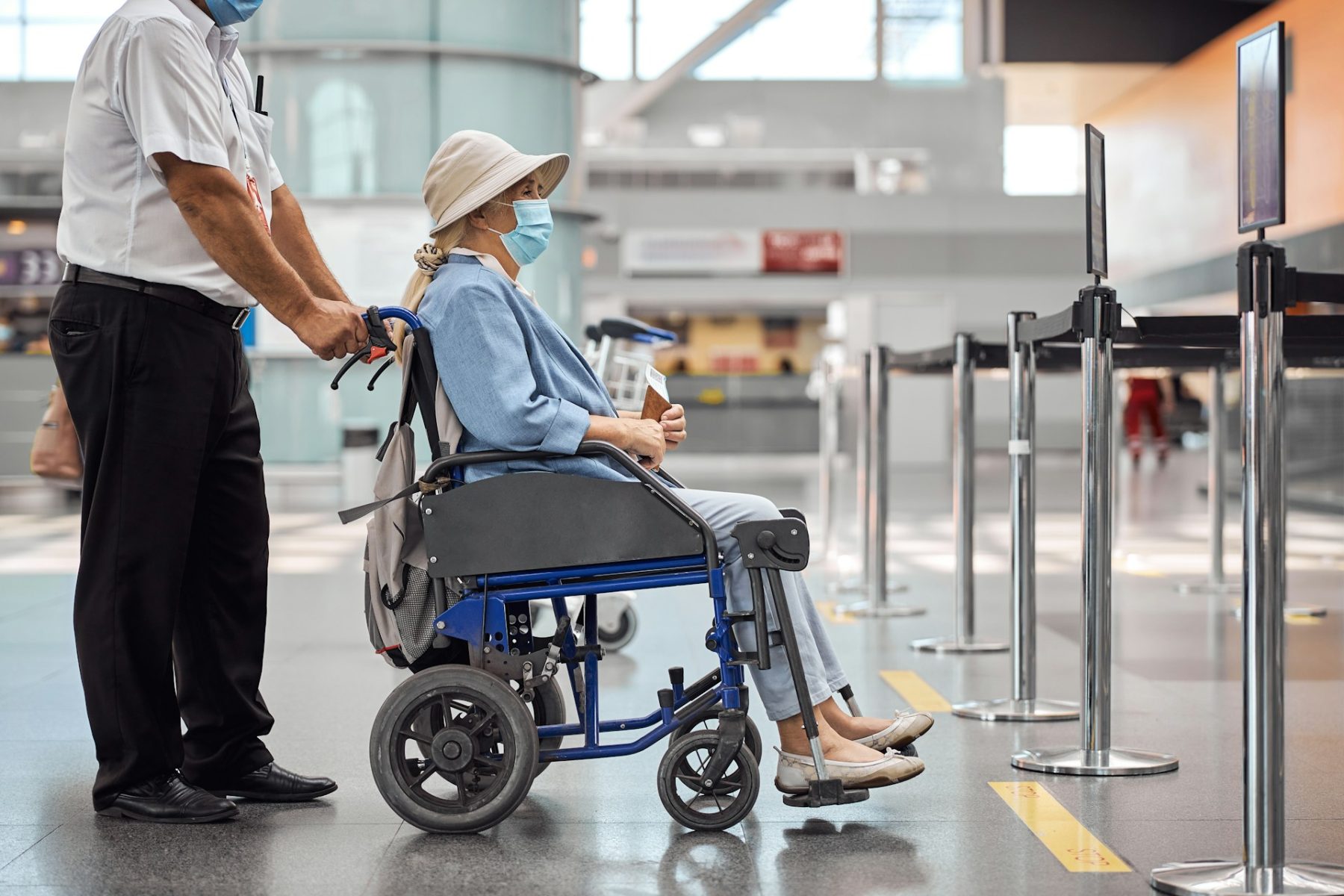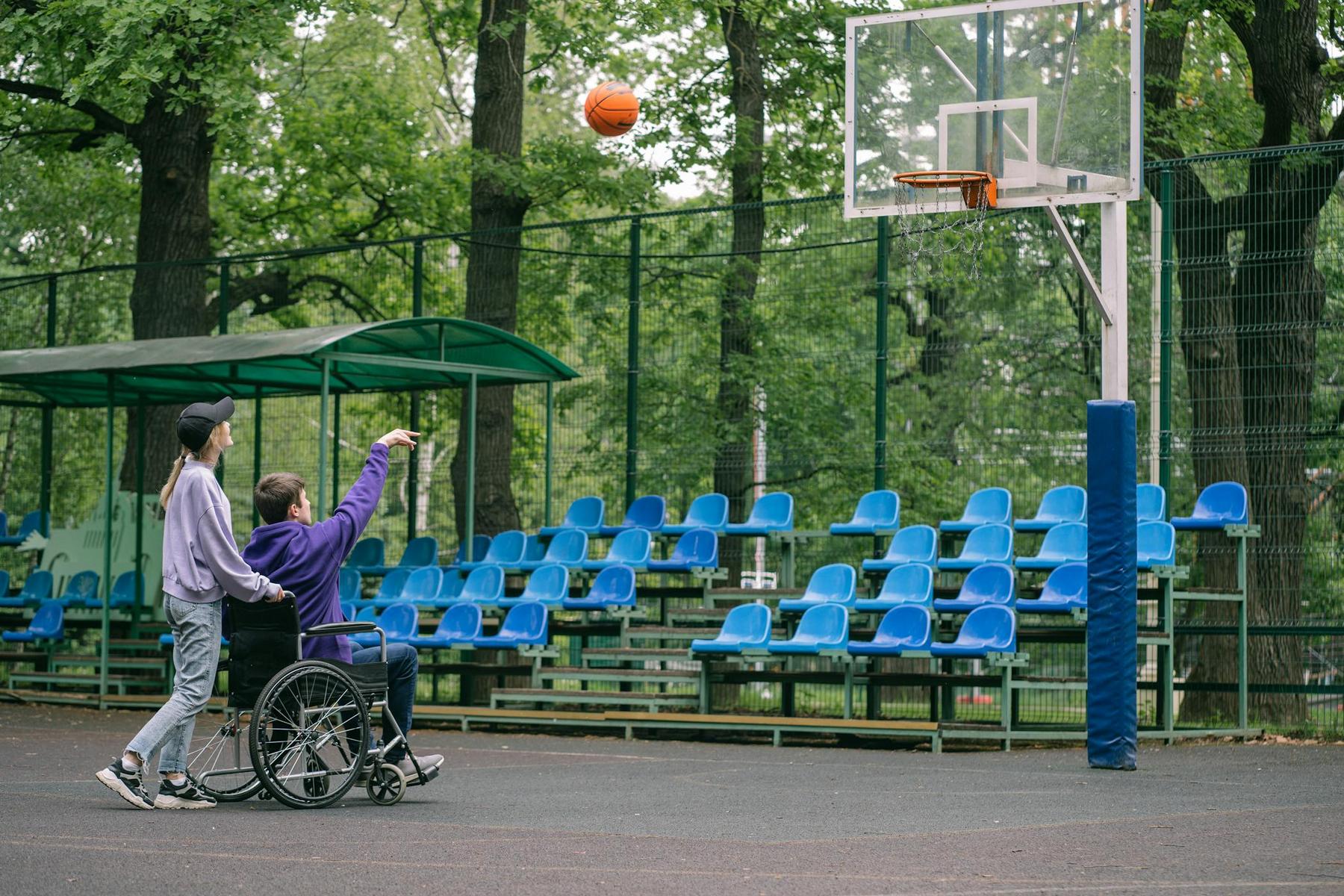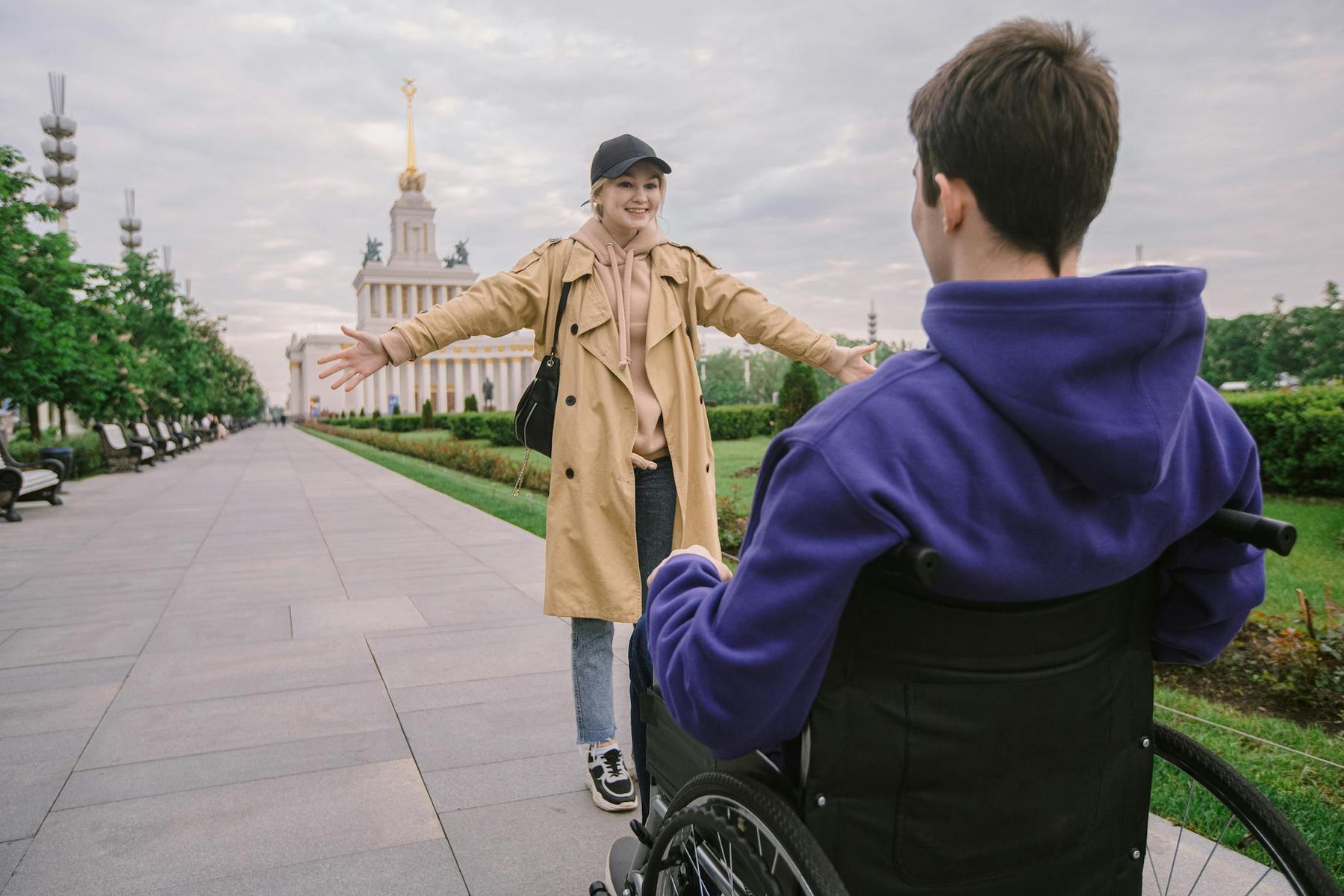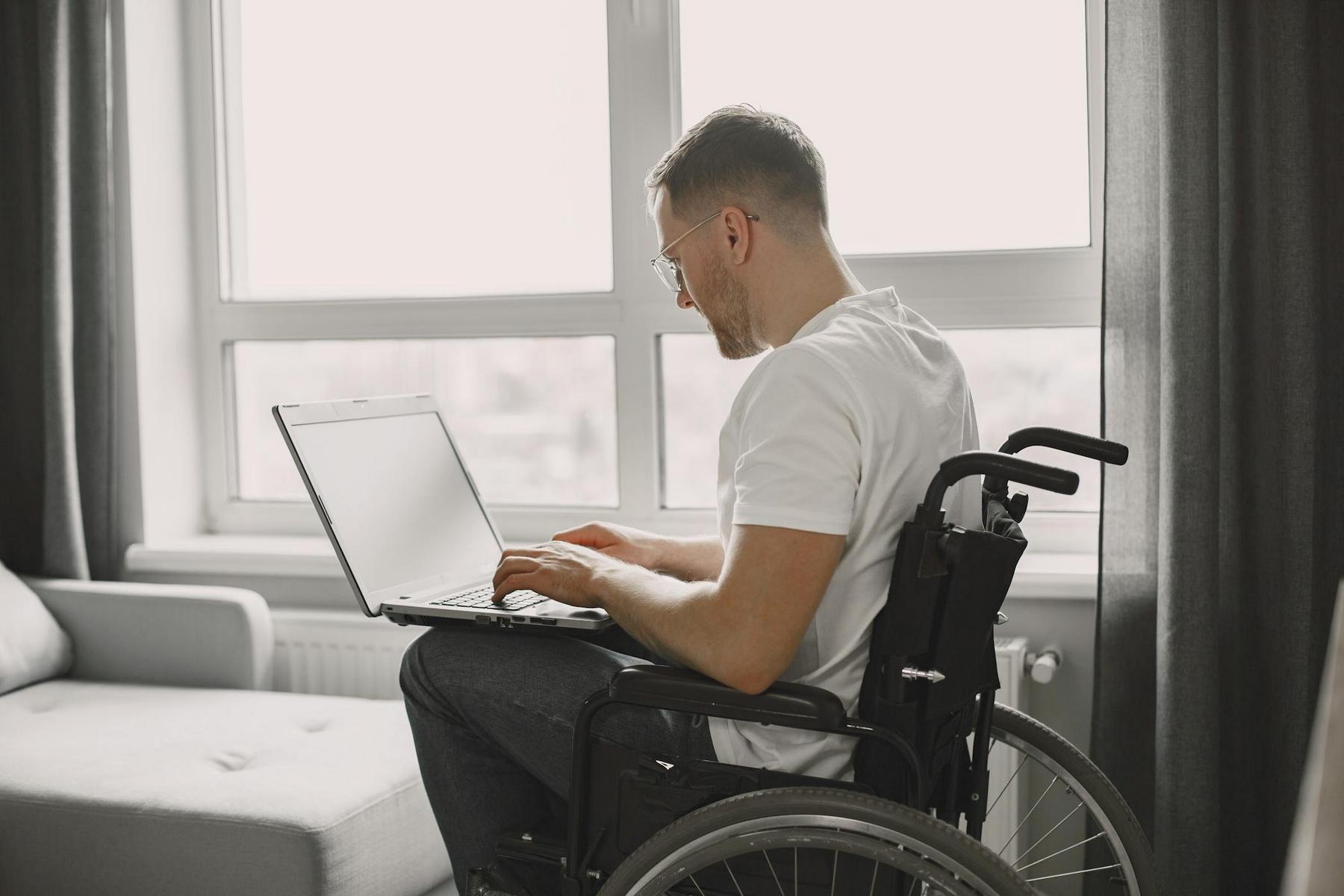Navigating public transport can feel overwhelming when you’re living with a disability, especially when you’re trying to maintain independence whilst ensuring your safety and comfort. For NDIS participants in Brisbane, the journey to work, medical appointments, social activities, or simply visiting family shouldn’t be a source of stress or uncertainty. You deserve access to reliable, dignified transport options that recognise your unique needs and support your goals for community participation.
The reality is that many NDIS participants face significant barriers when attempting to use public transport – from uncertainty about accessibility features to confusion about funding options and concerns about personal safety during travel. These challenges can lead to social isolation, missed opportunities, and a reduced quality of life that affects not just the individual but their entire support network. Understanding your transport options and rights is crucial for maintaining the independence and community connections that contribute to your wellbeing.
Brisbane’s public transport system has undergone remarkable transformation in recent years, with substantial investments in accessibility infrastructure and the introduction of innovative services designed specifically to support people with disabilities. Combined with comprehensive NDIS transport funding options and a growing network of specialised transport providers, NDIS participants now have unprecedented access to mobility solutions that can genuinely support their independence and life goals.
What Transport Funding Options Are Available Through the NDIS in Brisbane?
The National Disability Insurance Scheme provides comprehensive transport support through a structured funding system designed to enhance your independence and community participation. If you cannot use public transport without substantial difficulty due to your disability, you’re eligible for specialised support services that recognise transport as essential for maintaining independence, accessing healthcare, education, employment, and participating fully in community life.
NDIS transport funding operates through two primary categories that work together to meet your needs. Core Supports focus on your daily living activities and immediate transportation needs, whilst Capacity Building Supports aim to develop your long-term independence and skills. Under Core Supports, you can access funding through several subcategories including Assistance with Daily Life, which covers support worker travel costs from their office to your home, including parking fees and fuel expenses.
The NDIS operates a three-tiered funding system, each designed to match your specific circumstances and needs:
| Funding Level | Annual Amount | Eligibility Criteria |
|---|---|---|
| Level 1 | Up to $1,606 | Not currently working, studying, or attending day programmes but seeking community access |
| Level 2 | $1,606 – $2,472 | Working or studying part-time (up to 15 hours/week), or participating in day programmes |
| Level 3 | $2,472 – $3,456 | Working or studying 15+ hours/week, or actively seeking employment |
Your funding level considers your existing access to other transportation options and subsidies, including taxi subsidy schemes available through the Queensland Government. This approach ensures that NDIS transport funding complements rather than duplicates other available support systems whilst maintaining your dignity and choice in how you access your community.
Brisbane’s NDIS transport ecosystem includes a diverse network of specialised providers offering various service models to meet different needs. These providers range from large established organisations to smaller community-focused services, each bringing unique strengths to the transport support landscape. Many providers offer support workers who accompany you during journeys, providing assistance with boarding, navigation, and ensuring safety throughout your travel experience.
How Accessible Is Brisbane’s Public Transport Network for People with Disabilities?
Brisbane’s public transport network has undergone substantial accessibility improvements, driven by both regulatory requirements and a genuine commitment to creating an inclusive transportation system. Most vehicles in the Brisbane public transport fleet are now accessible, with allocated spaces for wheelchair users and mobility scooter users available on new buses and all trains, trams, and ferries.
The revolutionary Brisbane Metro system represents a significant advancement in accessible public transport, incorporating cutting-edge design features developed through extensive consultation with accessibility experts and people with lived disability experience. The Metro vehicles feature three large mobility bays located in the first compartment, representing a significant improvement over standard bus configurations which typically provide only one mobility bay.
The boarding experience on Metro vehicles incorporates advanced accessibility technology, including self-service boarding using door request buttons and on-request automatic ramp deployment. When you press the blue ramp request button, an audio announcement alerts other passengers to move back whilst the ramp is deployed, creating a safe and dignified boarding process that promotes your independence.
Brisbane’s rail network has undergone extensive accessibility improvements, particularly following the comprehensive upgrade of the New Generation Rollingstock fleet. The Queensland Government invested more than $335 million in accessibility upgrades to the entire fleet, addressing compliance issues through an innovative co-design process with the disability sector that ensured modifications addressed real-world accessibility challenges.
The accessibility upgrades included comprehensive modifications to toilet facilities, with existing modules replaced with new modules featuring extended footprints to meet dimensional requirements. Additionally, a second unisex toilet module was added to all 75 trains, ensuring that all wheelchair accessible spaces have compliant access to accessible facilities.
Brisbane’s ferry network provides unique accessibility features, with CityCat terminals systematically upgraded to ensure accessibility. Twelve terminals are now fully accessible, including Bulimba, Hawthorne, Mowbray Park, New Farm Park, Northshore Hamilton, QUT Gardens Point, Regatta, Riverside, South Bank, Sydney Street, University of Queensland, and West End. CityCat ferries are fully accessible for passengers using wheelchairs, featuring wide access gates and seating options both inside the cabin and at the back of the vessel.
What Specialised Transport Services Support NDIS Participants in Brisbane?
The landscape of specialised transport services for NDIS participants in Brisbane encompasses a diverse range of providers and service models designed to meet varying needs, preferences, and funding arrangements. These services extend beyond basic transportation to provide comprehensive support that enables you to access your community, maintain independence, and pursue your goals safely and comfortably.
Many specialised transport providers offer comprehensive door-to-door services that begin with assistance at your home and continue through to your destination, often including support with activities at the destination if required. This integrated approach recognises that transportation is rarely an isolated need but is often connected to other support requirements such as personal care, social interaction, or task completion.
Community transport services provide cost-effective alternatives for NDIS participants who can travel with others and benefit from shared transportation experiences. These services, often operated by local councils and not-for-profit organisations, focus on group travel to common destinations such as shopping centres, community centres, medical precincts, and social venues. The shared transport model creates opportunities for social interaction whilst reducing individual transportation costs.
Brisbane’s wheelchair accessible taxi network provides on-demand transportation services that complement scheduled transport options and provide flexibility for unexpected travel needs. Companies like 13cabs operate wheelchair accessible vehicles equipped with hydraulic lifts or ramps suitable for wheelchairs and mobility scooters, with drivers trained to provide appropriate assistance whilst respecting your independence and dignity.
The utilisation of private support workers to provide transportation represents a personalised approach that combines mobility assistance with ongoing support throughout your journey and destination activities. Under NDIS transport arrangements, you can engage support workers who provide driving services as part of their broader support package, creating continuity of care that extends from your home through to your destination activities.
How Can You Plan Safe and Accessible Journeys Using Brisbane Public Transport?
Successful utilisation of Brisbane’s public transport system requires comprehensive planning that encompasses route research, accessibility verification, timing considerations, and contingency planning for unexpected situations. Effective travel planning begins with understanding the specific accessibility features and limitations of different transport modes, stations, and routes to ensure that your chosen transportation options will meet your individual needs and preferences.
Route planning tools and accessibility information provided by TransLink offer valuable resources for preparing for independent travel. The online journey planner includes accessibility information for stations and stops, helping you identify accessible routes and transfer points. However, you should verify accessibility information before travelling, as vehicle availability and service disruptions can affect accessibility features.
Personal safety considerations encompass both general safety practices and disability-specific safety strategies. You should be aware of your surroundings, secure personal belongings, and position yourself in well-lit, visible areas of vehicles and stations when possible. Communication strategies can enhance your safety – carrying written information about your destination, any medical conditions or medication requirements, and emergency contacts can facilitate communication with transport staff or emergency responders if needed.
Proper preparation of accessibility equipment is essential for safe and successful public transport use. Wheelchairs and mobility scooters must meet size, weight, and maneuverability requirements specified in the Disability Standards for Accessible Public Transport 2002. You should verify that your mobility devices comply with these standards and are in good working condition before travelling.
Government subsidy schemes provide crucial financial support that complements NDIS transport funding and expands your transportation options. The Taxi Subsidy Scheme provides subsidised taxi fares for people with certain disabilities who experience substantial difficulty using public transport, offering a 50% discount on taxi fares up to a maximum of $25 per trip.
What Future Improvements Are Coming to Brisbane’s Accessible Transport?
Brisbane’s public transport accessibility landscape continues to evolve through strategic investments, policy developments, and technological innovations designed to create a more inclusive and accessible transportation network. The Queensland Government’s commitment to accessibility improvements is demonstrated through substantial funding allocations, regulatory frameworks, and partnership arrangements that prioritise disability access and inclusion across all transport modes.
The integration of smart technology solutions into Brisbane’s public transport network offers unprecedented opportunities for enhancing accessibility and user experience. Real-time information systems that provide accurate, up-to-date information about vehicle accessibility, service disruptions, and alternative route options enable you to make informed travel decisions and adjust your plans as needed.
Mobile application development specifically focused on accessibility needs could provide NDIS participants with comprehensive journey planning tools that account for individual accessibility requirements, preferences, and support needs. Such applications could integrate accessibility information across different transport modes, provide step-by-step navigation assistance, and offer communication tools for requesting assistance or reporting accessibility barriers.
The success of the Brisbane Metro co-design process has established a benchmark for meaningful community engagement in transport accessibility planning and implementation. Future projects will likely incorporate similar co-design approaches that involve people with lived experience of disability in all stages of planning, design, and evaluation.
Moving Forward with Confidence and Independence
Brisbane’s transformation into a truly accessible transport hub represents more than infrastructure improvements – it symbolises a fundamental shift towards recognising and supporting the rights of people with disabilities to participate fully in community life. The comprehensive NDIS funding framework, combined with innovative public transport solutions and specialised service providers, creates unprecedented opportunities for independence and community engagement.
The journey towards transport independence may seem complex initially, but the resources, funding, and support systems now available in Brisbane provide multiple pathways to achieve your mobility goals. Whether you’re seeking to maintain employment, access healthcare, pursue education, or simply enjoy social connections with family and friends, the transport options available can genuinely support your aspirations whilst respecting your dignity and choice.
The ongoing commitment to accessibility improvements, particularly through community consultation and co-design processes, ensures that future developments will continue addressing real-world challenges and opportunities. Your voice and experience matter in shaping these improvements, and participating in feedback processes helps create better solutions for everyone in the disability community.
What is the maximum NDIS transport funding I can receive in Brisbane?
NDIS transport funding in Brisbane operates on three levels, with Level 3 providing the highest allocation of $2,472 to $3,456 per year for participants who work or study at least 15 hours per week or are actively seeking employment. Your funding level is determined based on your community engagement, work or study commitments, and existing access to other transport subsidies.
Are all Brisbane Metro vehicles wheelchair accessible?
Yes, all Brisbane Metro vehicles are designed to exceed compliance requirements with disability standards. Each vehicle features three large mobility bays in the first compartment, automatic ramp deployment, audio announcements, and comprehensive accessibility features developed through extensive consultation with accessibility experts and people with disabilities.
Can I combine NDIS transport funding with government taxi subsidies?
Yes, NDIS transport funding is designed to complement rather than replace other available support systems. You can use the Taxi Subsidy Scheme, which provides 50% discounts up to $25 per trip, alongside your NDIS transport allocation. The Lift Payment provides an additional $20 subsidy when wheelchair accessible vehicles are required.
How do I access specialised NDIS transport services in Brisbane?
Specialised NDIS transport services can be accessed through your NDIS plan under various support categories. Work with your NDIS planner or support coordinator to identify appropriate providers, understand your funding allocation, and arrange services that meet your specific needs and preferences.
What should I do if I encounter accessibility problems on Brisbane public transport?
If you encounter accessibility problems, contact TransLink immediately through their customer service channels to report the issue. Document the problem with photos if possible, and follow up in writing. You can also contact disability advocacy organisations for support in addressing persistent accessibility barriers.



